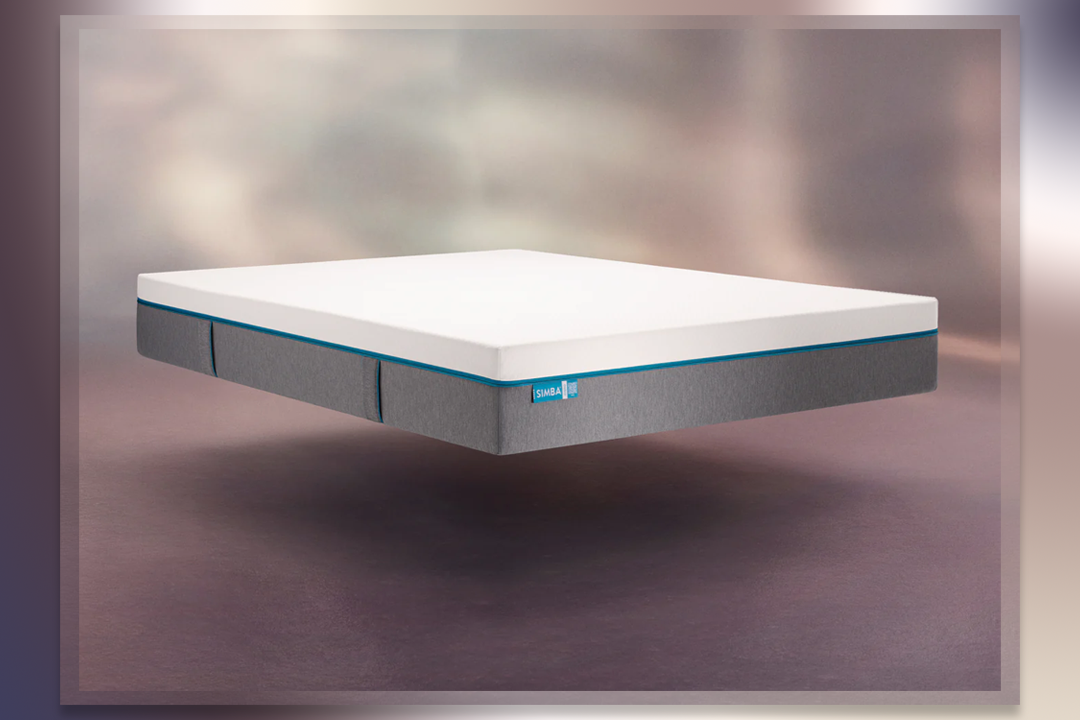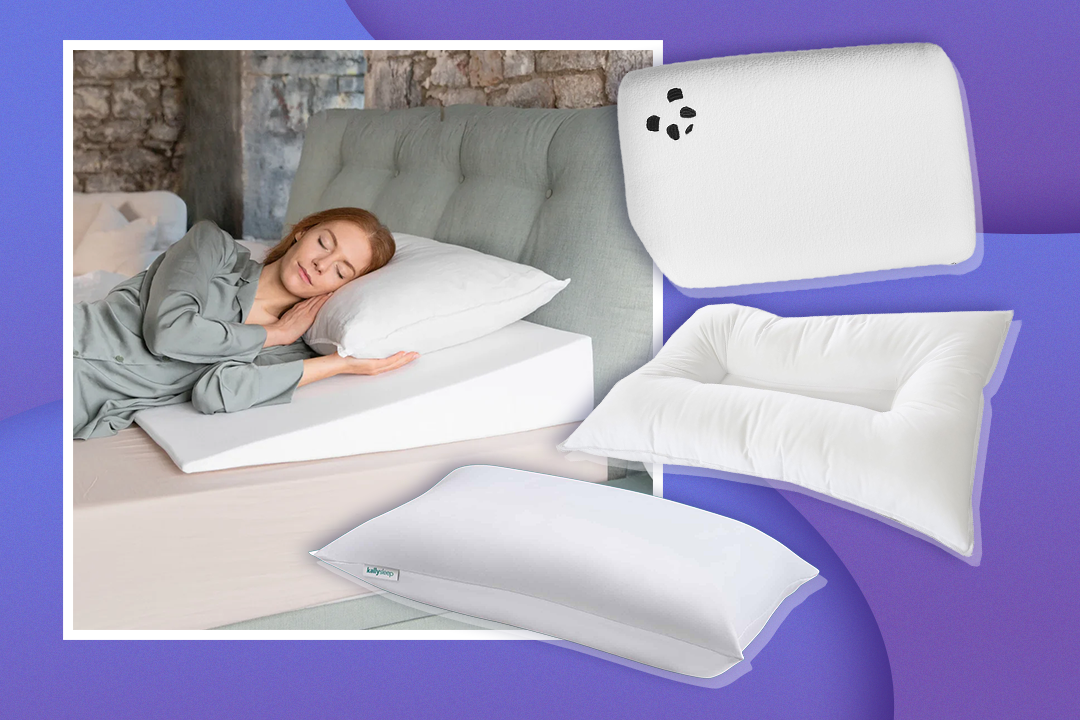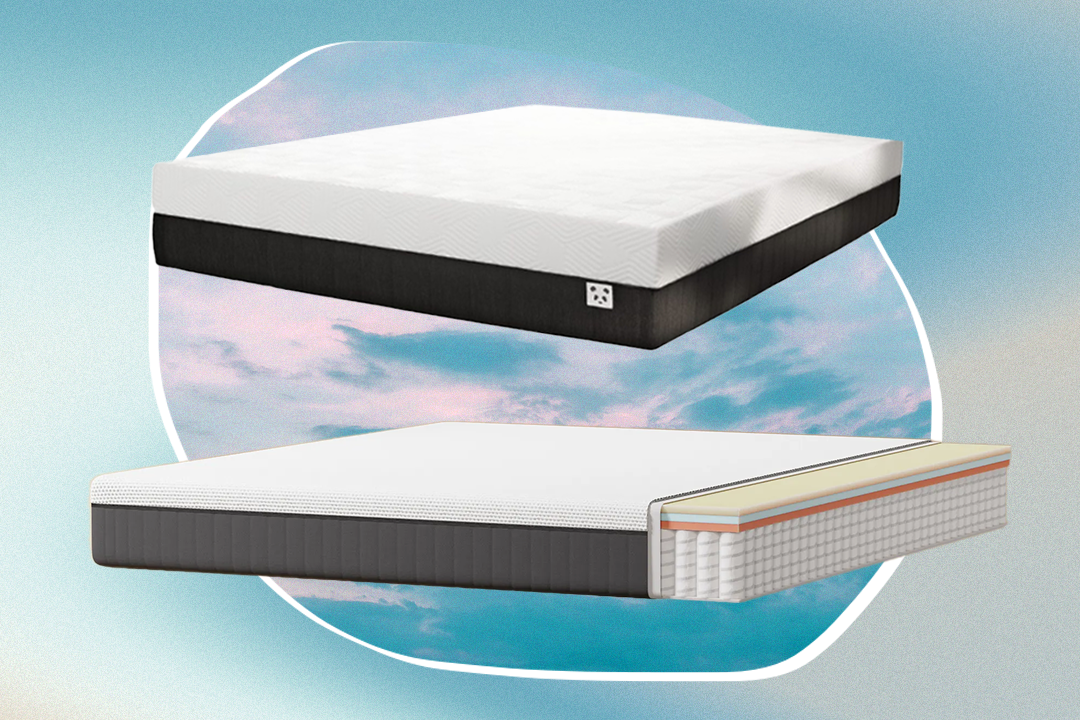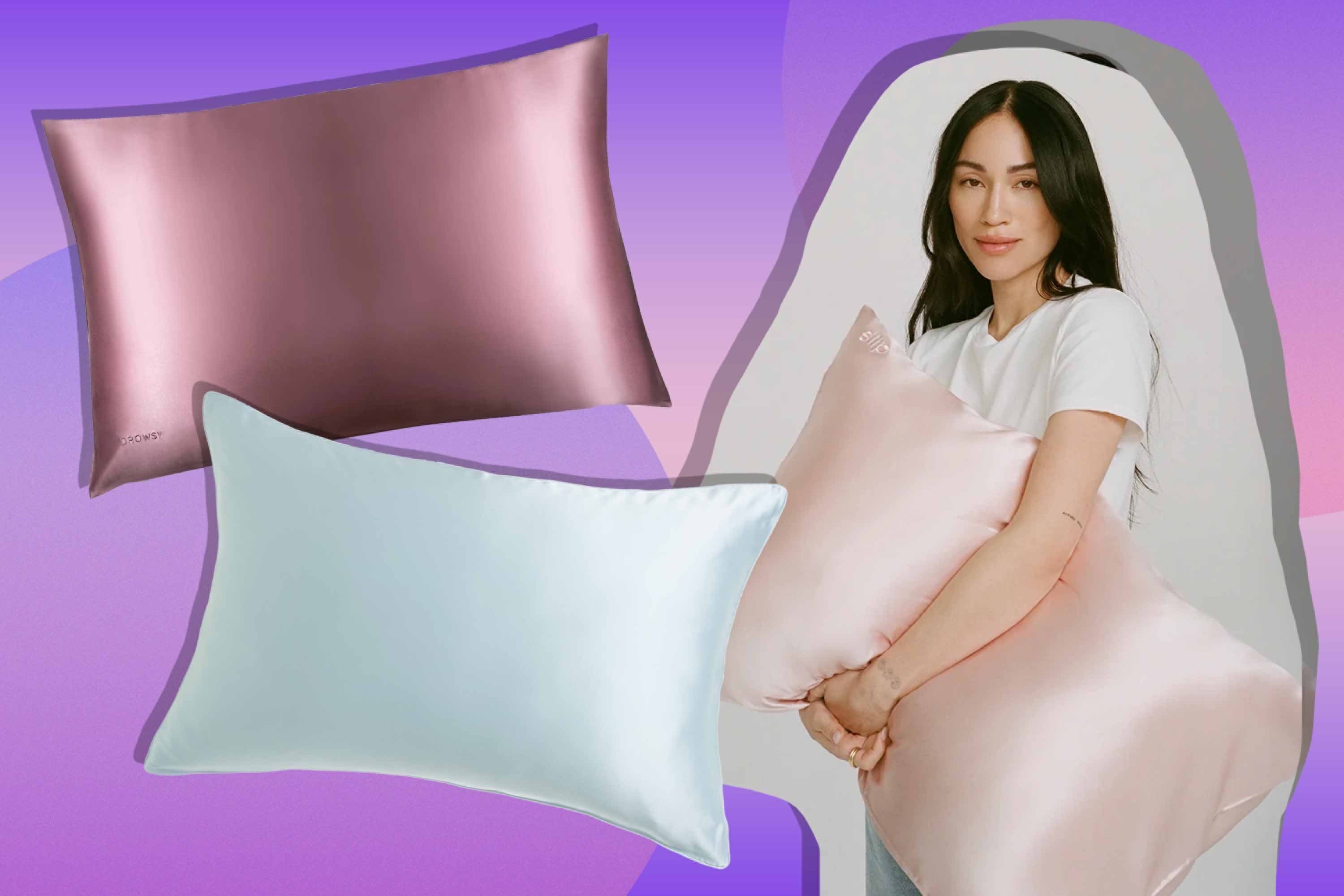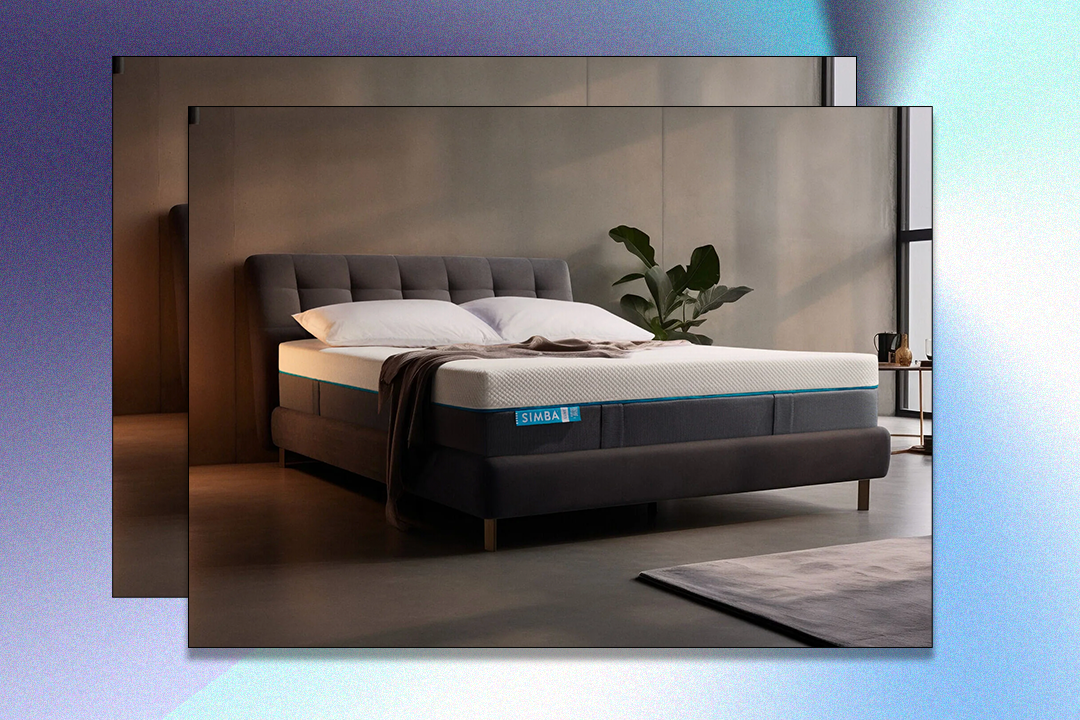Simba hybrid mattress
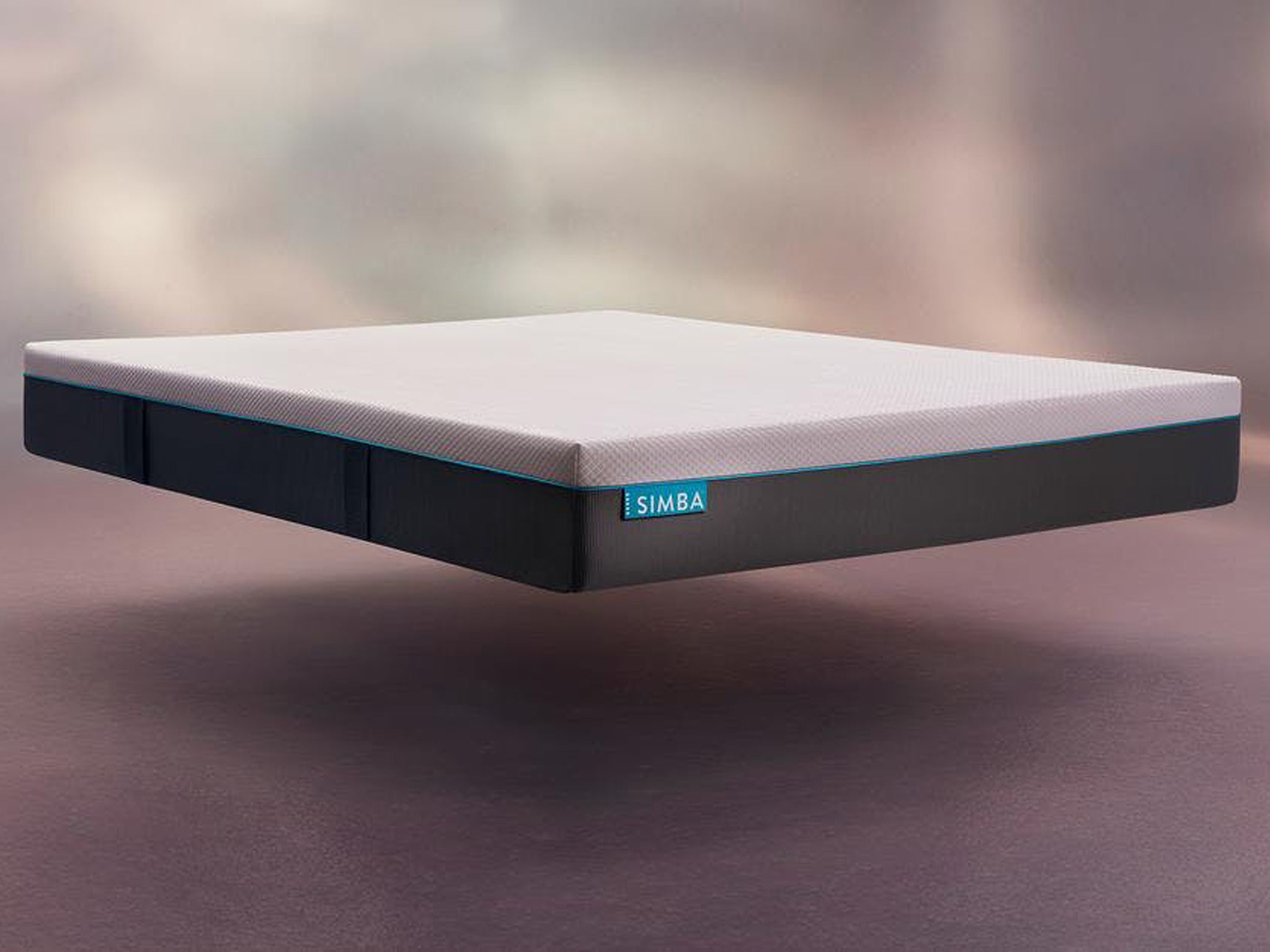
- Sizes available: Single, small double, double, king, super king
- Mattress depth: 25cm
- Mattress materials: Open-cell foam and micro springs
- Trial period: 200 nights
- Guarantee: 10 years
- Why we love it
- Edge-to-edge support
- Ready within hours
- Perfect sinkage
- Great for summer
- Spinal support was noticeable
- Take note
- Chemical smell at first
Design and features
As with most hybrids, this mattress comes with a lot of layers – five, to be precise. At the core is a zoned foam support base – this is the part that gives the mattress its thickness, shape and stability, as well as being zoned to give the right support for each area of your body.
Next up is the high-definition foam layer that moulds to the shape of your body and is designed to provide edge-to-edge support. In the middle is a layer of patented conical pocket springs – 2,500 in a typical king size – which flex to your individual movement and provide the bounce, ridding it of that strangely flat feeling you can get with pure foam mattresses.
Read more: We review the best bedding sets
Then comes the open-cell Simbatex. Unlike memory foam, which can retain heat, leading to overheating and sweating, Simba developed its Simbatex in 2017, using graphite particles, which help filter heat away.
Finally, there’s the soft, breathable and (take note, allergy sufferers) hypoallergenic sleep surface that’s also zip-off and washable.
Comfort and performance
First impressions count, so, we felt we were off to a good start with the heavy-but-easy-to-move box, clear instructions and supplied safety cutter. Within just a few hours (many bed-in-a-box mattresses require longer), it was ready to use – particularly handy if you’ve just moved into a new home.
When we lied down on it, the mattress immediately met our personal preference, being on the slightly firmer side of medium. Be warned, however – there’s a faint chemical whiff you have to live with for a few days, though this is not unusual in mattresses containing foam.
Read more: Find the perfect pillow
The sinkage is spot on – you don’t feel like you’re descending into the mattress itself or that it’s a battle to move positions, as is the case with some pure-foam mattresses. Unlike some pure-sprung mattresses, you don’t wind up with an agitated sleeping partner if you have a restless night or shift around in your sleep.
That said, we’d stop short of recommending this model if your sleeping partner is hypersensitive, as they are likely to feel a smidgeon of movement. In other words, it’s impressive on this front, but we’ve tested better.
Read more: The best sleep masks, reviewed
If you get hot during the night, this is definitely a purchase worth considering. Even in summer or when you have the central heating whacked up, it seems to keep sweat at bay – both from your body and the mattress itself. The company’s focus on air flow and breathability has, we’d say, well and truly paid off.
As for Simba’s claims about it being an all-rounder, despite your body size and shape, we’d say its on safe ground here, but it’s definitely better for side and front sleepers.
Read more: Top-rated mattress toppers
Back sleepers – who are a rarer breed – are notoriously difficult to please, and we think there are other mattresses to which they’d be better suited.
If you’re prone to waking up with aches and pains, especially in your back, you’ll really notice the spinal support in this Simba hybrid mattress – even if you’re practically hanging off the side of the bed.
Most of us have bad memories of trying to flip a heavy mattress at one time or another, so it will come as good news that there’s no need to enter such territory with this one. However, you do need to rotate it 180 degrees once a month for the first three months, then every three to six months thereafter – helped by the four grips, although it did take two of us to complete this task.
